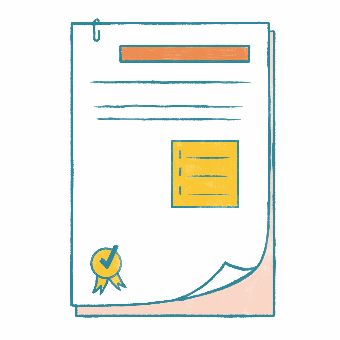What does it look like?
- Check your mortgage statement for the contact information for your loan servicer.
- When you contact your servicer, ask to speak to your loss mitigation officer.
- Explain why you fell behind. You may be asked to provide financial documents related to your income, taxes, mortgage, savings and other assets, along with other loans, and credit card or student loan debt.
- It may help to demonstrate that you’ve made a good-faith effort to pay, for example by cutting unnecessary expenses.
- You may be asked to fill out a Hardship Affidavit to officially document the problems you’re experiencing.
- Work with your servicer to provide all documents they ask for in a timely manner.
- Reach out to a housing counselor if you feel like you could using a helping hand with this process.




